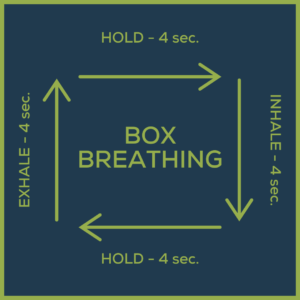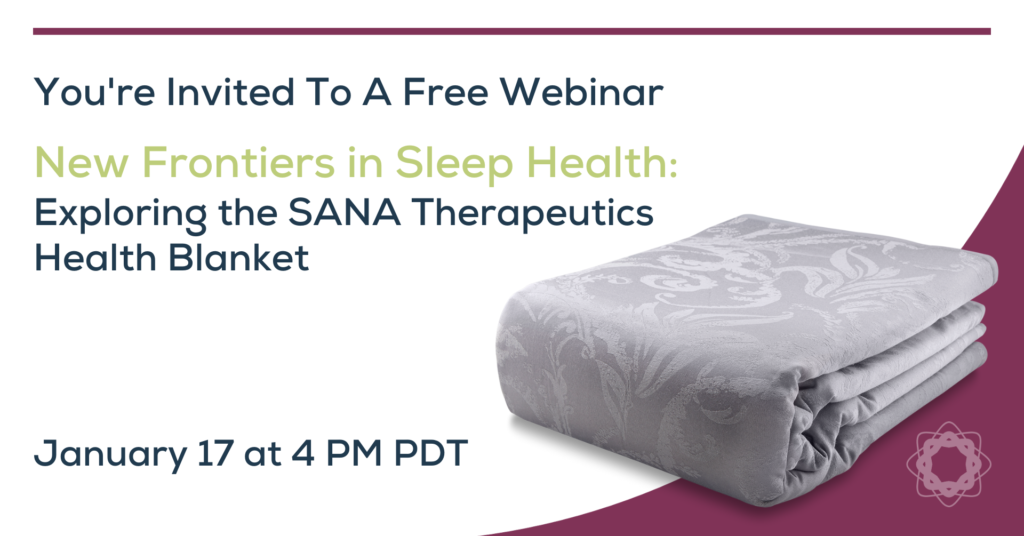
As we usher in the new year, it’s the perfect opportunity to embrace positive changes in our lives, particularly in addressing chronic pain. In this guide, we’ll delve into ten daily holistic practices designed to provide relief from pain, inflammation, autoimmune conditions, stress, and more.
If you’ve struggled to find solutions for pain management that go beyond medications with harmful side effects, you’re in the right place. The following holistic habits, informed by The Hache Protocol For Pain Resolution, include simple holistic strategies to adopt daily that will transform your lifestyle and well-being.
From our top insights for pain relief to tackling daily to-dos surrounding movement and nutrition, these are the top ten habits for a holistic approach to reclaiming your health in the new year.
1. A Little Physical Activity Goes a Long Way
Incorporating gentle fitness routines into daily life can significantly alleviate chronic pain, inflammation, and stress. Low-impact exercises like yoga, tai chi, and swimming not only enhance physical strength and flexibility but also promote mental well-being.
Lace-up those walking shoes because we’re here to tell you that regular movement helps in managing autoimmune symptoms by improving circulation and reducing inflammation. It’s important to listen to your body and modify exercises as needed, there’s no need to overdo it. Remember, consistency is key; daily, short fitness sessions can yield long-term benefits in pain and stress management.
2. Rest Well
Proper sleep is crucial for those suffering from chronic pain, inflammation, or autoimmune conditions. A regular sleep schedule, a comfortable sleep environment, and relaxation techniques are the perfect recipe for improved sleep quality. Good sleep hygiene, like avoiding caffeine and screen time before bed, aids in reducing pain and inflammation, enhancing immune function, and managing stress.
Consistent, restful sleep is essential in helping the body repair and rejuvenate, offering a more effective approach to managing pain and stress. While resting in a quiet, dark room seems like a no-brainer, you may be surprised to learn Dr. Rob’s three little-known sleep disruptors. You can check them out here:
3. The Right Food For Chronic Pain
Optimal nutrition plays a crucial role in managing chronic health challenges. A diet rich in anti-inflammatory foods like omega-3 fatty acids, turmeric, ginger, and leafy greens can help reduce inflammation and pain, while balanced, mindful eating habits contribute significantly to overall well-being. By starting each day with a warm cup of ginger tea, you’re setting the perfect tone for a pain-free day.
The holidays may have come and gone, but there’s a good chance you may still encounter some of the most notorious inflammation flare-up foods in the kitchen. Incorporating probiotics and prebiotics supports gut health, is crucial for autoimmune and inflammatory conditions, and can help your body recover after consuming processed carbohydrates and other pesky inflammatory foods.
- Learn more about the gut-brain-pain connection in our blog here.
4. Let Go of Toxic Stress

When dealing with chronic pain and discomfort isn’t enough, imagine throwing a heap of stress into the mix. Effective stress reduction is imperative for managing inflammation and pain. Building practices like mindful meditation, deep breathing exercises, and regular gentle yoga into your daily routine can significantly lower stress levels. Further, going for walks regularly and engaging in hobbies that bring you joy also contributes to reducing stress hormone levels, meaning you’re enjoying life more and reducing chronic pain while you’re at it.
For tips on detoxing stress from your life, check out our blog post; How to Detox Your Mind and Body From Stress For Pain Resolution.
5. Microcurrent Therapy for Managing Chronic Pain
Microcurrent therapy is gaining recognition as a pioneering, non-invasive energy medicine approach, particularly adept in managing chronic pain, inflammation, autoimmune disorders, and stress. Utilizing subtle electrical currents, this therapy targets pain right at its source, fostering both healing and relief. Evidence points to microcurrent’s efficacy in enhancing tissue repair and diminishing inflammation, establishing it as a key resource for individuals grappling with chronic health issues. Its gentle nature positions it as an ongoing pain management strategy, offering a holistic addition to conventional pain treatment techniques.
If you’re new to microcurrent therapy or need a refresher on the basics, check out our fan-favorite podcast episode exploring the most frequently asked questions surrounding microcurrent.
6. Sleep with a Sana Health Blanket Every Night

Rejuvenating sleep is essential for the body’s healing and recovery, as it activates key restoration activities in both the brain and body. While the body sleeps, it undergoes muscle repair, recharges its energy reserves, and eliminates brain toxins, which effectively boosts overall physical and mental vitality.
The Sana Therapeutics Health Blanket represents a leap forward in the realm of therapeutic bedding. Drawing inspiration from space technology, this innovative blanket employs reflective materials that echo your body’s natural radiation — see the image above! This unique feature is designed to balance energy and foster healing during sleep, crucial for those dealing with chronic pain, inflammation, stress, and anxiety.
Its adaptability extends beyond just the bedroom; it’s equally useful during travel or as part of a comprehensive wellness plan. Use it while you’re watching your favorite movie, working on crafts, going to sleep, or working from home.
With a design that prioritizes health, style, and functionality, the Sana Health Blanket is more than just a comforter – it’s a tool for enhancing well-being.
7. Staying Hydrated
What’s the perfect New Year’s resolution? Staying hydrated! Hydration is key in managing chronic pain and related conditions, as drinking enough water helps reduce inflammation, a common cause of pain. Proper hydration also helps to support overall immune functions and can alleviate stress by optimizing the body’s functions.
If you’re looking to enhance your pain relief results and overall well-being, couple regular hydration and microcurrent therapy. When your cells are well hydrated, they will be much better conductors of electrical currents, enhancing microcurrent therapy results.
For more tips on staying hydrated, check out our blog, 3 Electrolyte-Replenishing Drink Recipes and Why You Need Them.
8. Daily Mindfulness and Meditation
Mindfulness and meditation are powerful practices for those seeking relief from stress and chronic pain. Integrating meditation into a daily routine has been shown to go beyond stress relief by altering the perception of pain altogether, making it more manageable.
One simple practice to get started with meditation is called box breathing. Explore it for yourself with these steps:

- Inhale gradually, taking four seconds. Sense the air filling your lungs.
- Pause your breath, maintaining it for four seconds without inhaling or exhaling.
- Gently exhale from your mouth over a span of four seconds.
- Continue this cycle, repeating the first three steps until a sense of calm is achieved.
By training the mind to respond differently to pain and stress, mindfulness and meditation can be transformative tools in pain management strategies.
9. Pacing Your Activities– Take it Slow!
Sometimes, having the right strategy in place can go a long way when it comes to managing chronic pain. Breaking down daily tasks into smaller, manageable steps helps to prevent overexertion and the resulting pain flare-ups.
Pacing physical activity allows you to maintain productivity without pushing beyond your physical limits, leading to a more balanced and sustainable daily routine. Staying active and productive encourages feelings of joy, which eliminates stress, manages pain, and maintains mental well-being effectively. Particularly beneficial in long-term pain management strategies, pacing ensures your life keeps moving forward without irritating inflammation or chronic pain.
10. Strengthen Your Network of Care and Support
Maintaining strong social connections provides emotional support, which can be crucial in coping with chronic conditions. Engaging with friends, family, or support groups offers not just a distraction from pain but also a sense of belonging and understanding. These interactions can significantly alleviate emotional distress, enhance mood, and provide practical advice or coping strategies. The benefits of social support extend beyond mere conversation; they offer a network of care and understanding, helping to lighten the difficulty of chronic conditions. And don’t forget, if you need help – reach out!
- Get to know the Pain Free for Life Support Group during our upcoming webinar: New Frontiers in Sleep Health: Exploring the SANA Therapeutics Health Blanket
Free Webinar: Exploring the SANA Therapeutics Health Blanket
Elevate your sleep and overall health with the SANA Therapeutics Health Blanket. Unveiled in our upcoming sales event, discover how this blanket transforms your sleep experience, eases stress, and supports physical rejuvenation. Whether at home, traveling, or as part of your wellness routine, join us to learn how the SANA Health Blanket can revolutionize your well-being. Don’t miss this opportunity for a healthier, more rejuvenating sleep experience!
Embracing a holistic approach to daily routines is transformative when it comes to total well-being. Rather than just treating symptoms, practice cultivating habits that nurture the entire body and mind, as discussed by The Hache Protocol. When you’re ready for a more hands-on approach to enhancing your wellness, the SANA Health Blanket is the perfect tool to pair with your daily health practices.
Learn more about it at our free upcoming webinar, and don’t forget to check out our Support Group for more guidance on your journey to being Pain Free for Life.
Sources cited:
https://www.sleepfoundation.org/physical-health/pain-and-sleep
https://www.sleepfoundation.org/how-sleep-works/what-happens-when-you-sleep
https://www.ncbi.nlm.nih.gov/pmc/articles/PMC2568977/





